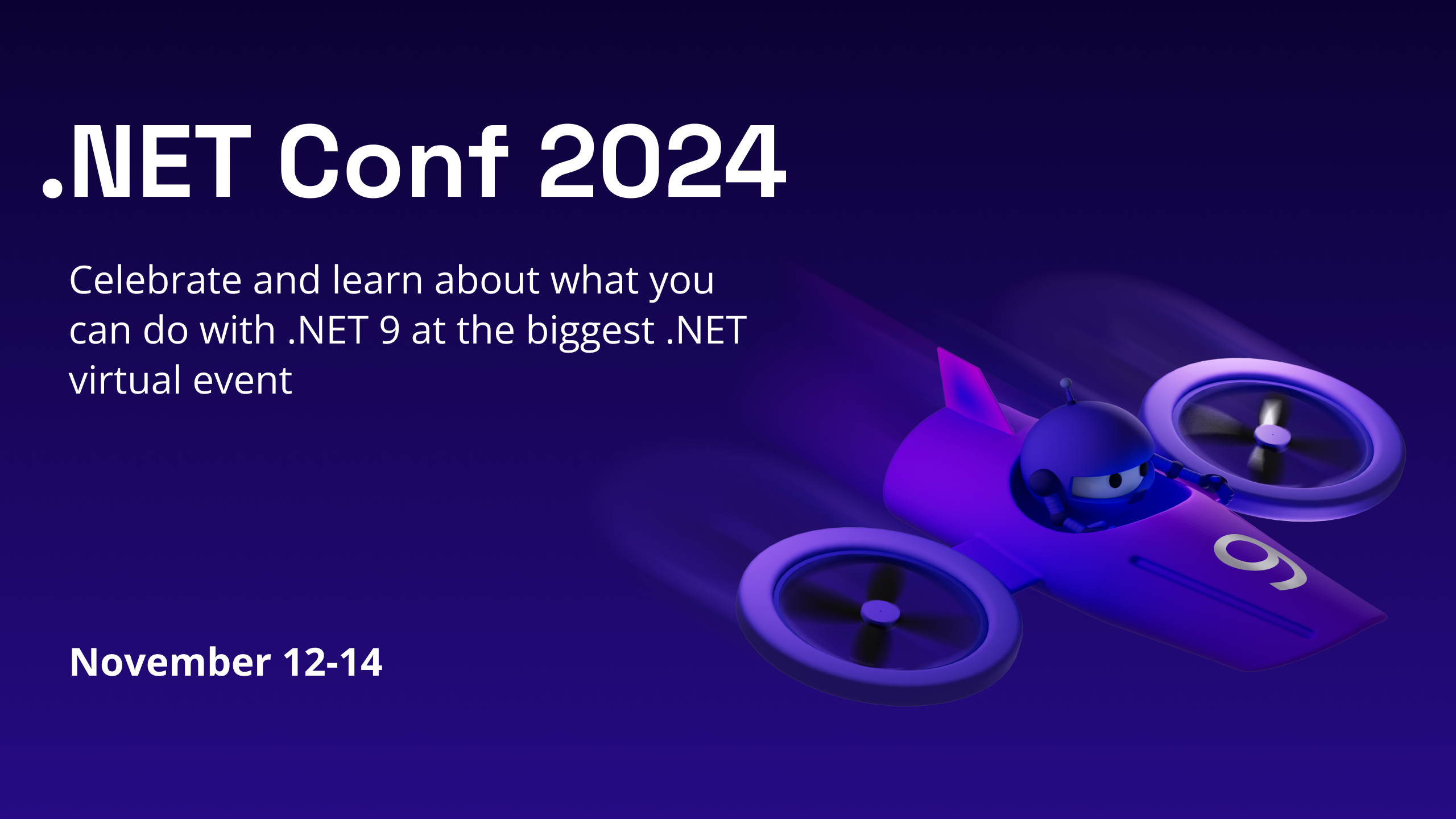Recent Articles
Optimizing Kafka Tracing with OpenTelemetry: Boost Visibility & Performance
Created: - 6 minutes read - 1275 words
Ideally, you should be using distributed tracing to trace requests through your system, but Kafka decouples producers and consumers, which means there are no direct transactions to trace between them. Kafka also uses asynchronous processes, which have implicit, not explicit, dependencies. That makes it challenging to understand how your microservices are working together.
However, it is possible to monitor your Kafka clusters with distributed tracing and OpenTelemetry. You can then analyze and visualize your traces in an open-source distributed tracing tool like Jaeger or a full observability platform like New Relic. In this post, I will leverage a simple application to show how you can achieve this.
Why I'm Excited for .NET Conf 2024
Created: - 3 minutes read - 527 words
Greetings fellow .NET enthusiasts and tech aficionados! With the highly-anticipated .NET Conf 2024 just around the corner, I find myself reflecting on how far we’ve come in the world of .NET development and what thrilling innovations are yet to come.
A Journey Through .NET
Let’s take a quick stroll down memory lane. My experience with .NET technologies dates back to 2002, when I first dipped my toes into the vast sea of possibilities offered by .NET. Over the years, I’ve seen it transform from a promising framework into a powerhouse that underpins countless applications worldwide. Every upgrade has brought something new and exciting, fueling my passion for staying on the cutting edge of technology.
Observability as code for AI apps with New Relic and Pulumi
Created: - 11 minutes read - 2325 words
AI applications are complex and distributed, making effective monitoring challenging. Combining the New Relic intelligent observability platform with Pulumi’s infrastructure-as-code and secret management solutions allows for an end-to-end “observability as code” approach. This method enables teams to:
- Define artificial intelligence (AI) and large language model (LLM) monitoring instrumentation along with cloud resources programmatically.
- Securely manage API keys and cloud account credentials.
- Automatically deploy New Relic instrumentation alongside AI applications and infrastructure.
Benefits include:
How To Observe Your Blazor WebAssembly Application With OpenTelemetry And Real User Monitoring
Created: - 10 minutes read - 2056 words
Effortless integration and enhanced visibility with OpenTelemetry in Blazor WebAssembly
Challenges in observing WebAssembly applications
Observing WebAssembly applications presents unique challenges that stem from its design and execution environment. Unlike traditional web applications, where monitoring tools can hook directly into JavaScript and the Document Object Model (DOM), WebAssembly runs as binary code executed within the browser’s sandbox. This layer of abstraction complicates direct introspection, as traditional monitoring tools are not designed to interact with the lower-level operations of WebAssembly. The Bytecode Alliance plays a crucial role here, promoting standards and tools that aim to enhance the security and usability of WebAssembly, including better support for observability. Moreover, the performance characteristics of WebAssembly, which can closely approach native speeds, demand monitoring solutions that are both highly efficient and minimally invasive to avoid impacting the user experience. This creates a complex scenario for developers who need detailed visibility into their applications’ behavior without sacrificing performance.
Guide: How to route Docker logs correctly in New Relic
Created: - 6 minutes read - 1260 words
Streamlining Container Log Management for Clarity and Control
Hello, New Relic aficionados! Picture this: you’re at a bustling local user group meetup, exchanging ideas and sharing tech stories. Amidst the animated discussions and clinking coffee cups, a fellow developer—let’s call him Alex—shares a frustrating puzzle. Alex’s Docker Compose applications are acting like rebellious teenagers, sending their logs to the New Relic Host UI instead of their designated New Relic Container UI. As you dive deeper into the problem, a light bulb goes off. This isn’t just Alex’s struggle; it’s a common snag affecting many of us in the Docker and New Relic community.




